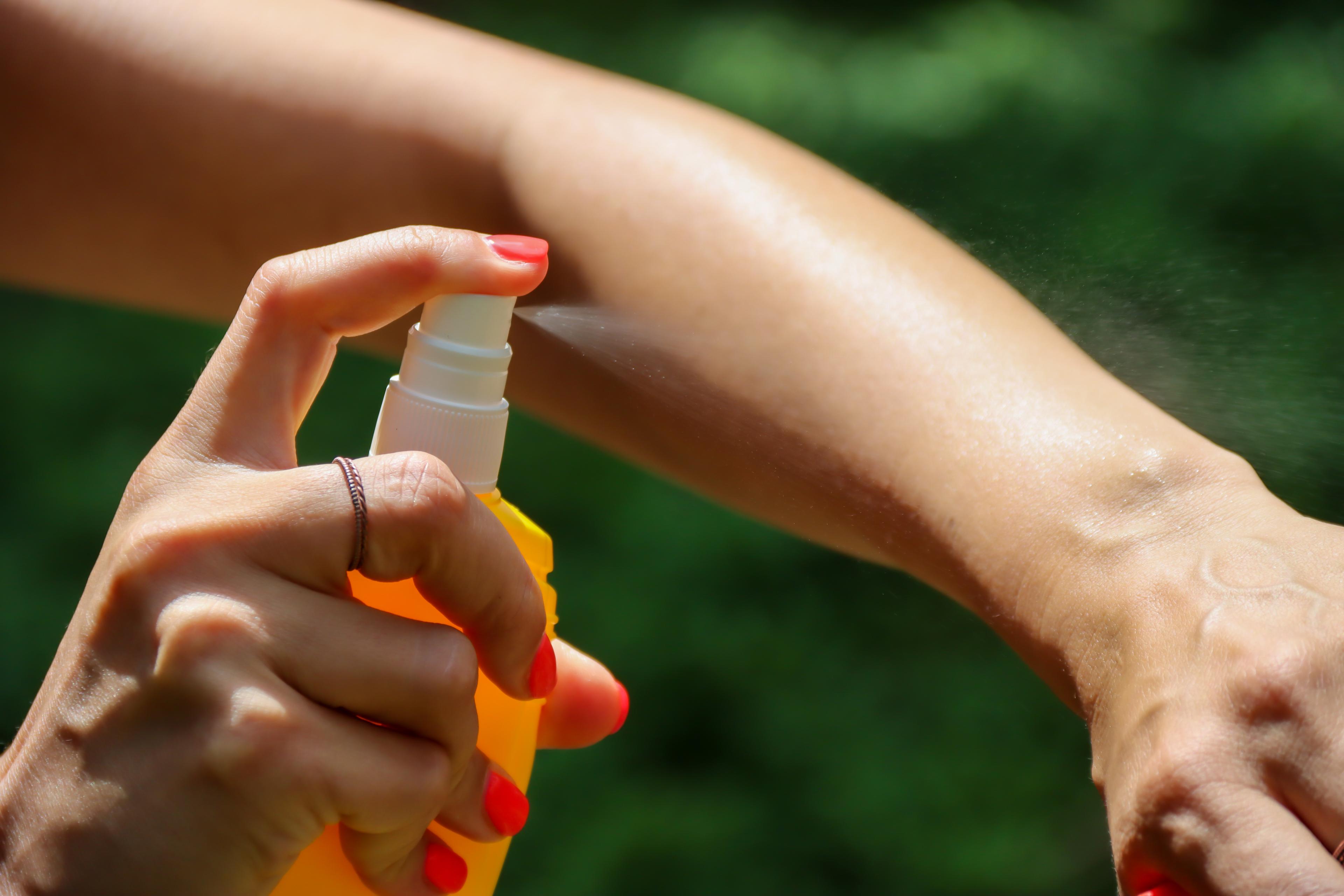Can Your Eyes Get Sunburned?
Jake Newby
| 3 min read

We all know the sun’s rays can harm the skin, but did you know it can seriously damage your eyes, too?
Photokeratitis is a temporary eye condition caused by exposure to ultraviolet (UV) rays. It can be compared to a sunburn, but it’s not quite the same. Photokeratitis often stems from exposure to direct sunlight. It is characterized by damage to corneal epithelial cells, due to the sun’s UV-A and UV-B rays. This painful condition is typically bilateral, meaning it affects both eyes.
What causes photokeratitis?
Staring directly at the sun – like one may ill-advisedly do during a solar eclipse – is a surefire cause of photokeratitis, which can also be caused by the following forms of UV light and artificial light:
- Laser light
- Lightning or electric sparks
- Tanning beds and lamps
- Varying forms of light therapy in medical settings
- Welding arcs
A person may also suffer from photokeratitis when the sun reflects off surfaces such as water, sand, ice and snow and hits the eye. This is why photokeratitis is also known as “snow blindness.” Snow can reflect up to 80% of UV radiation, according to the World Health Organization (WHO).
Eye damage caused by UV rays is common in the North and South Pole areas, as well as in high mountains where air is thinner and there is less protection from UV rays, according to the American Academy of Ophthalmology (AAO).
What are the symptoms of photokeratitis?
When the sun damages your skin, you normally don’t see the burn for multiple hours. Photokeratitis is similar in that way. Symptoms include:
- A gritty sensation in the eyes
- Blurriness
- Headaches
- Pain
- Redness
- Tearing, watery eyes
- Seeing halos
- Sensitivity to bright light
- Swelling
In some rare cases, photokeratitis can lead to temporary vision loss. But typically, symptoms last from six to 24 hours and completely disappear on their own after about 48 hours.
How can I prevent photokeratitis?
Always wear UV-blocking eye protection when you know you will be exposed to the sun, even for short periods of time, like when going for a short walk or while driving.
Purchase and wear sunglasses that provide 100% UV protection from UV light. Some labels read: “UV absorption up to 400nm,” which is equivalent to 100% UV absorption.
Welding helmets with protective face shields area must while welding. Outdoor athletes like snowboarders, skiers and surfers should always wear protective goggles while performing.
How is photokeratitis treated?
Photokeratitis and snow blindness usually go away on their own, so treatment is focused on making you feel better as your eyes heal.
If you wear contact lenses, remove them once symptoms sprout up. Here are some best practices and treatment methods:
- Avoid rubbing your eyes as you heal.
- Place a cold washcloth over your closed eyes.
- Take certain pain relievers as recommended by an eye specialist.
- Use eye drop antibiotics, if recommended by your specialist.
Continue reading:
- 5 Ways to Stay Safe in the Summer Sun
- What is Spinal Muscular Atrophy?
- How Hot Weather Affects the Skin
Photo credit: Getty Images





